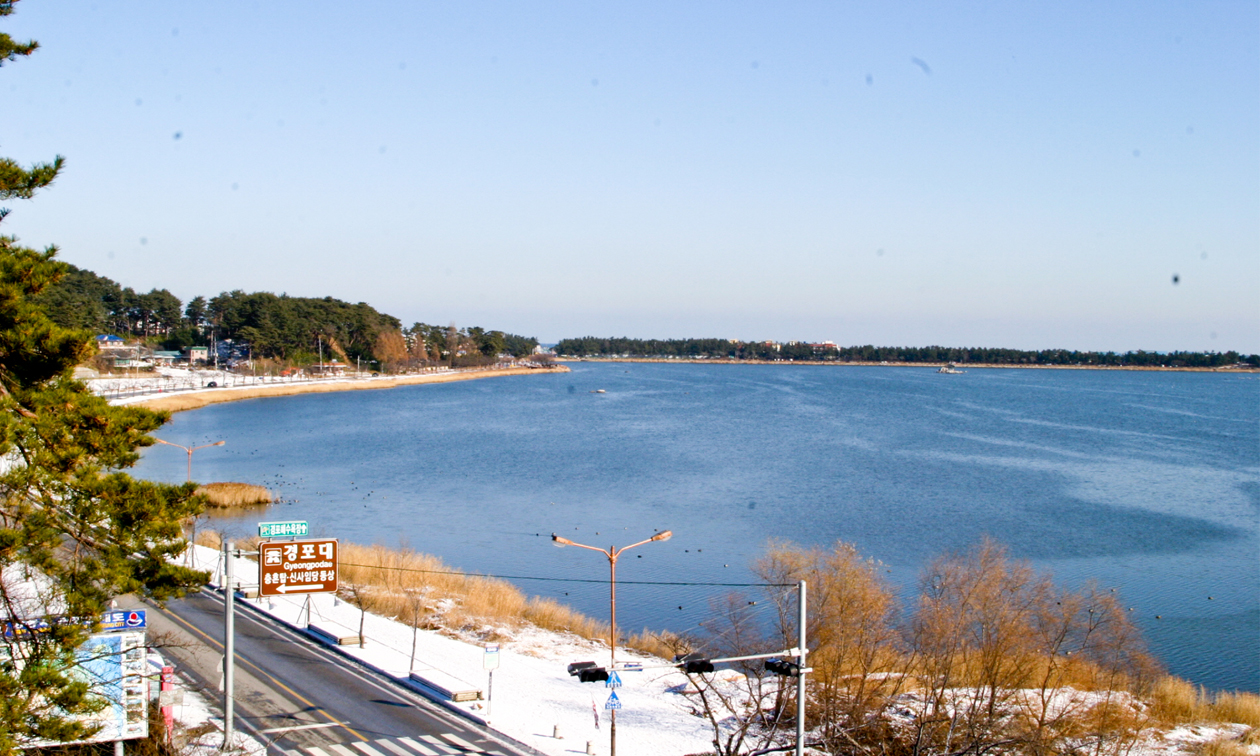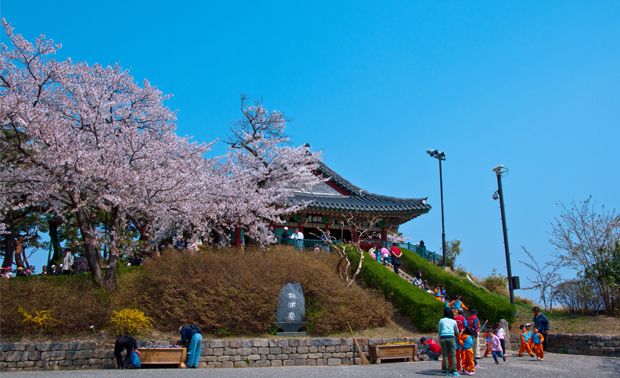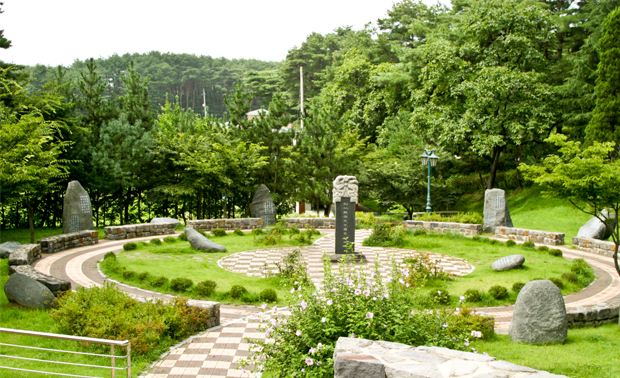Prepare for your trip to Gangneung

Prepare for your trip to Gangneung

Jeondaecheong Hall, where the jeonpae and gwolpae tablets of the kings were enshrined and ritual ceremonies were performed, and Imyeonggwan Halls, a guest reception area comprised of two buildings on the left and right side of Jeondaecheong, were built in the 19th year of King Taejo’s reign over Goryeo. The building complex was repaired and restored multiple times, and used as an Ordinary High School by the Japanese before being demolished in 1908.
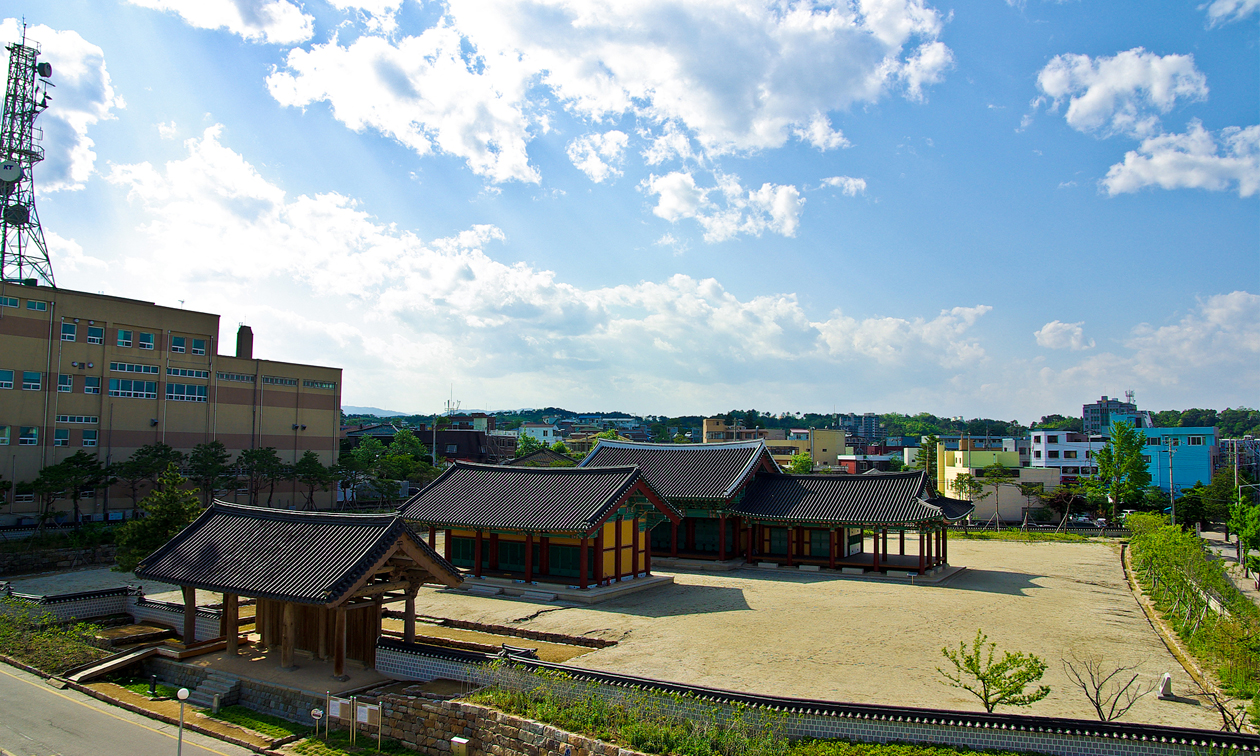
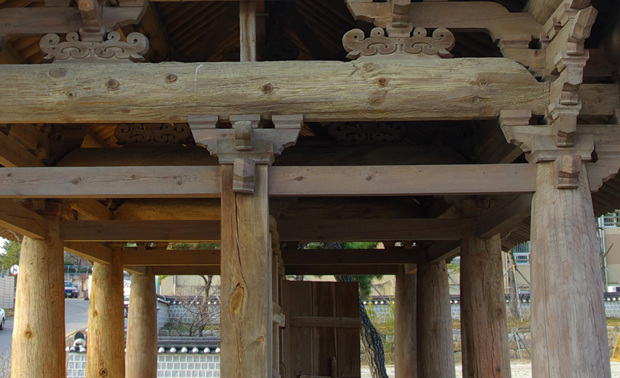
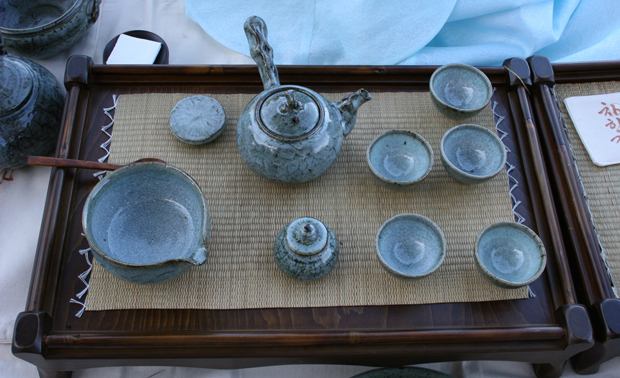
The Ojukheon House, designated as Treasure No. 165 in 1963, was the birthplace of Sin Saimdang (1504~1551), who has long been regarded as the “ideal mother figure” by the people of Korea, and her son, Yulgok Yi Yi (1536~1584). Its name, Ojukheon, was given based on the pseudonym assumed by Gwon Cheo-gyun, a second cousin of Yulgok, because there were many bamboos that were black, just like crows, around the house.
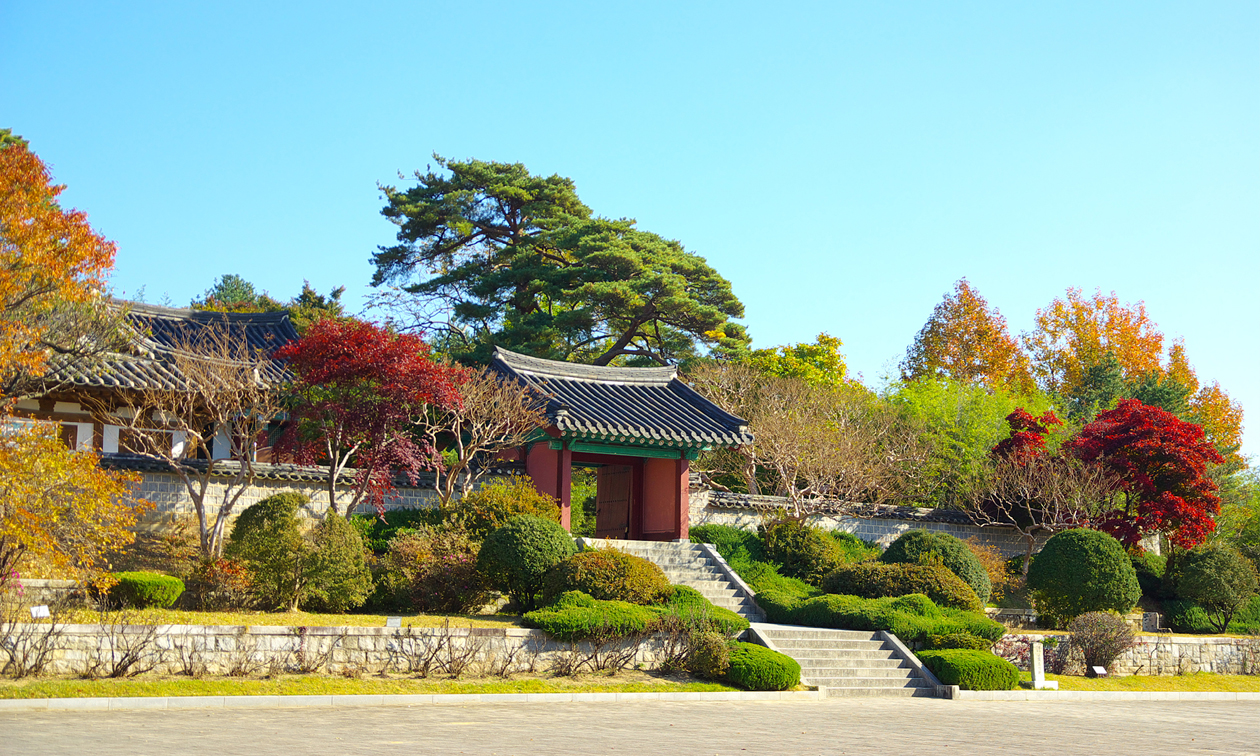
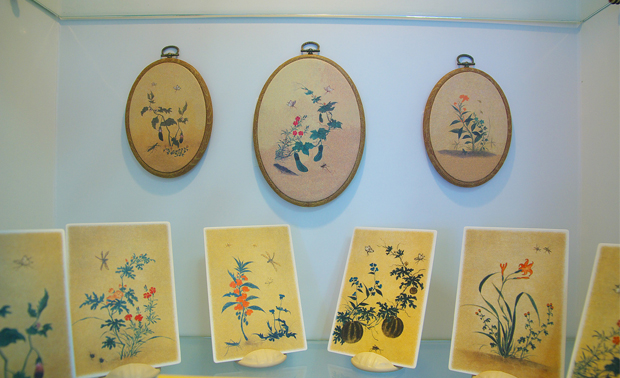
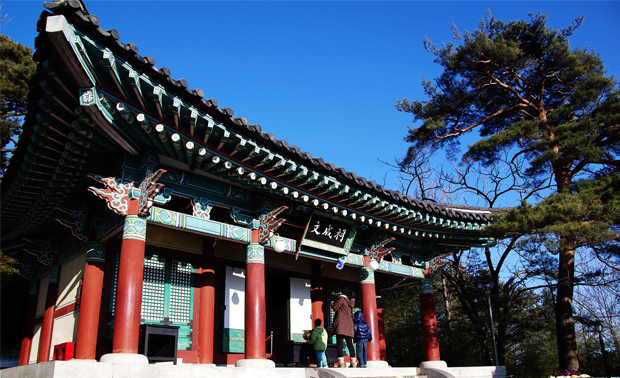
This is a typical home of the gentry dating from the late Joseon period. It is comprised of a number of buildings including Dongbyeoldang, Yeolhwadang, Hwallaejeong and Sadang (shrine). There are around 8,000 artifacts including day-to-day items, artworks and clothes that have been well-preserved.
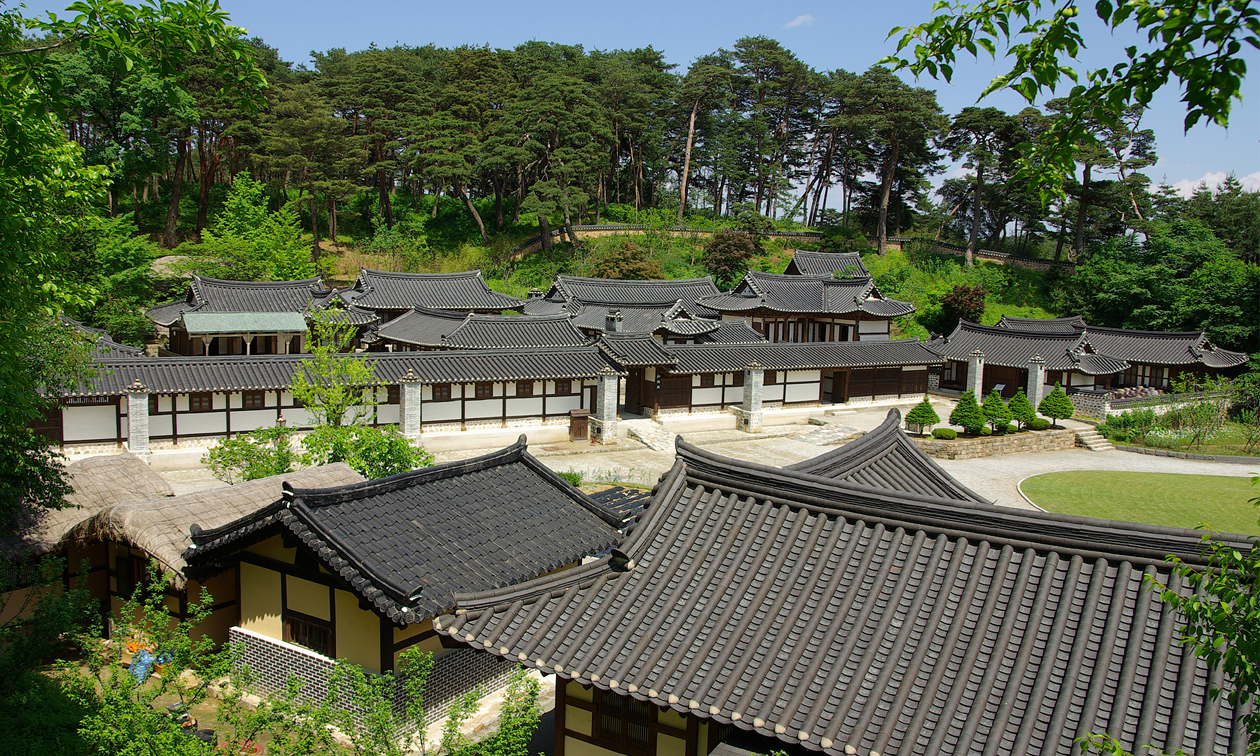
Gyeongpodae Pavilion is arguably the best of the 8 scenic spots of Gwandong, and it is a place where you can see the moon in five spots: the sky, the sea, the lake, a liquor glass and eyes of your beloved. The Gyeongpoho Lake is 4.3km in circumference, and it contains Hongjangam Rock, which is associated with a heart-wrenching love story.
